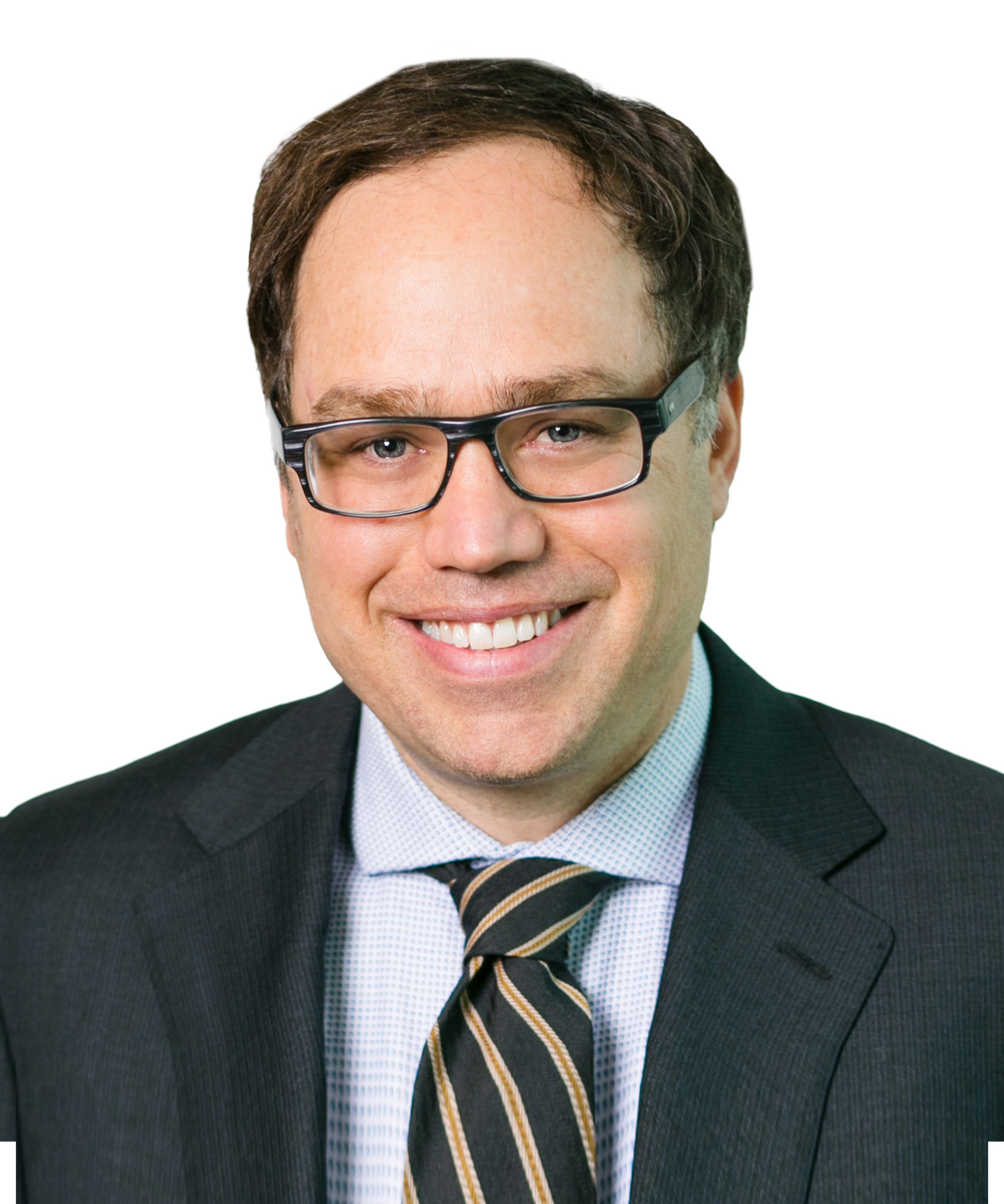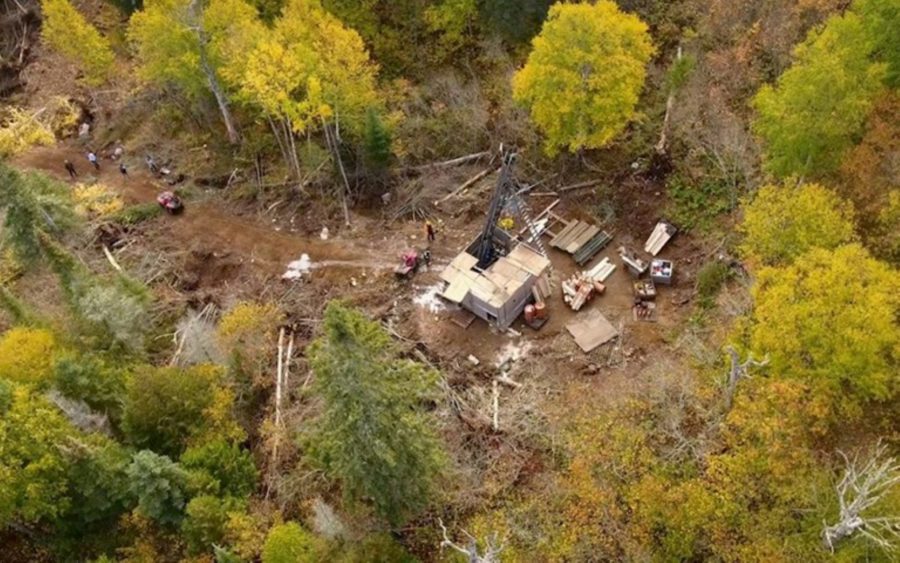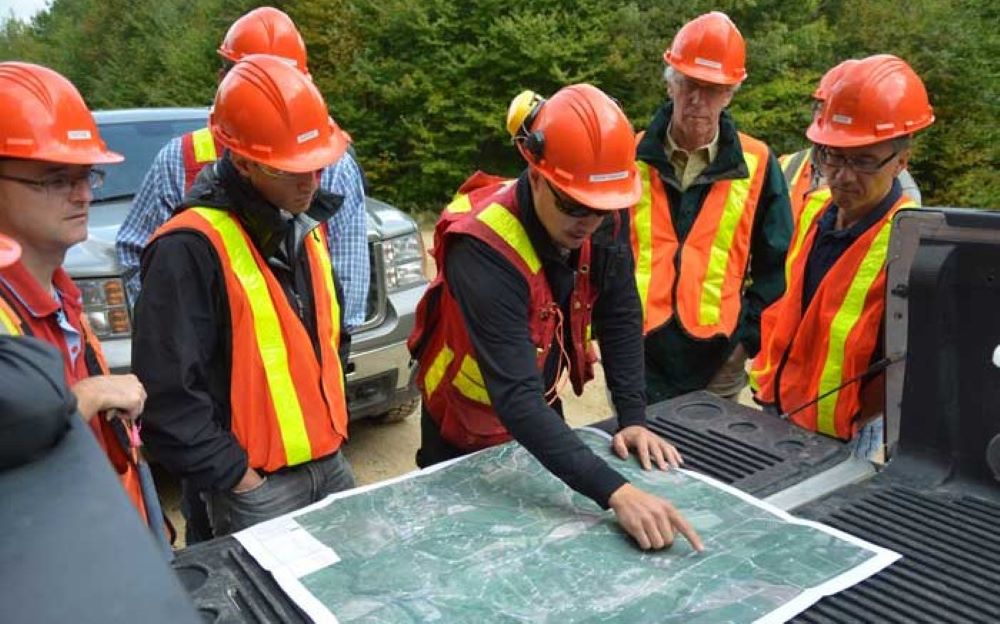Hecla transforms Casa Berardi

The headframe at the Casa Berardi gold mine in Quebec. CREDIT: HECLA MINING
Hecla Mining is investing in innovative technology across its operations, and its Casa Berardi mine in northwestern Quebec is no exception.
Ever since Hecla acquired the mine in 2013 through a friendly takeover of Aurizon Mines, the company has been working to modernize the operation, increase resources and reserves through drilling, and increase throughput at the mill.
On all three fronts, the company has succeeded.
Throughput has increased dramatically, from 1,350 short tons per day in 2013 to 2,300 t/d in 2015 and 3,350 t/d in 2017.
As a result of higher throughput as well as grades, all-in sustaining costs have declined, falling from US$1,240 per oz. in 2016 to US$1,170 in 2017 and are forecast at US$1,100 per oz. for 2018. Cash costs this year are estimated at US$800 per oz.
At the same time, Casa Berardi, which has a production history going back to 1988, has seen a 70% reduction in the all-injury frequency rate since acquisition.
The mine now employs about 950 workers, 250 more than in 2013.
Part of Hecla’s success is investing in good, old-fashioned exploration and development drilling. In 2016, the company began open pit mining at the East Mine Crown Pillar (EMCP) pit, which has a 5.5-year mine life. The material, which accounted for 38% of mill feed in 2017, has allowed more consistency in operations and helped push production last year to 156,700 oz. gold.
Near-surface exploration has proven fruitful. Once the EMCP is mined out, a series of other proposed pits (Principal, 160 and West Mine Crown Pillar) are likely to keep the mill topped up.
In a February conference call discussing 2017 year-end results, chief operating officer Larry Radford noted that now that Hecla has been able to run the mill near its upper limit (at times up to 4,000 t/d), the company has enough data to further tweak the operation.
“We can start to really optimize Casa Berardi in terms of what’s the right throughput, and what are the right cut-off grades, both open pit and underground,” Radford said.

Underground at Casa Berardi, in Quebec’s Abitibi region. CREDIT: HECLA MINING
Automation
Underground, operations at Casa Berardi are getting “more and more automated every day,” Radford said.
The company has introduced remote operation for its rock breakers and automatic hoisting, which has increased hoisting capacity by 5-6% or 120 additional t/d.
“This was done by and large with in-house resources,” Radford said. “We didn’t bring in big contractors to do this, so we’re getting a lot of automation wins without a lot of expense.”
In late 2017, Hecla introduced a Sandvik TH540 autonomous truck to the 985 drift at Casa Berardi. The truck is controlled and monitored from surface, and operates 24 hours a day (outside of fuelling and maintenance) to bring ore from Zones 118 and 123 to the West shaft 1 km away. By almost all accounts, it has exceeded expectations.

Sandvik’s TH540 dump truck. CREDIT: SANDVIK
“The autonomous truck continues to impress in the 985 drift,” Radford said in an August conference call. “In fact, the performance is already considerably better than we thought it would be. We can load the truck faster, it has much shorter cycle time, a 90% availability and fuel consumption is down 17% and we think it will eventually be even higher than that.”
The one area where the truck is underperforming is travel speed: At 4.6 metres, the drift is too narrow for the truck to move quickly (it requires a 5 metre width).
The tight space reduced travel speed to 14 km/h vs. a projected 18 km/h.
“In the near term we’ll complete slashing tight spots in the drift, which should enable the autonomous truck to drive faster,” Radford said.
In the fourth quarter, Hecla expects to deploy a second autonomous truck to the 985 drift. The company expects to save $3-4 million a year from running two trucks autonomously.
Hecla has also introduced three automated drill rigs for development drilling (Epiroc FAM 3 and S2C drills), for improved accuracy, and a Sandvik DL431 long hole production drill, which has added 15 metres per day (enough for two more stopes a year) by being deployed between shifts.
The company is also stepping up its data collection efforts with Newtrax’s ISAAC recorder system on its trucks and loaders. Upgrades to the control room at Casa Berardi, including three screens that will provide real-time visual access to telemetry information, including machine health and loads carried, are under way.
In addition to modernizing its underground operations, Hecla sees room to lower costs in the open pit at Casa Berardi, based on the results of contractor vs. owner fleet analysis, which it is currently conducting.
Hecla expects to spend US$45 million in sustaining capital at the mine this year.
In March, Hecla closed a $40-million loan from Ressources Quebec in March to be used for the development and expansion of Casa Berardi.
Hecla has seven operating mines, including three in Nevada recently acquired through a takeover of Klondex Mines. Hecla’s innovation efforts at Casa Berardi complement those at its other mines. For example, the company is testing ventilation on demand at its Green’s Creek mine in Alaska, and has ordered a mechanical mining machine from Epiroc for its Lucky Friday mine in Idaho (see Page 50 in our August 2018 issue). Hecla expects to apply its learnings at Casa Berardi to its new Nevada operations.
At the end of 2017, Casa Berardi had proven and probable reserves of 1.5 million oz. gold in 13.8 million tons grading 0.11 oz. gold per ton (and measured and indicated resources of 1.4 million oz. in 13.2 million oz. grading 0.10 oz. per ton).





Comments